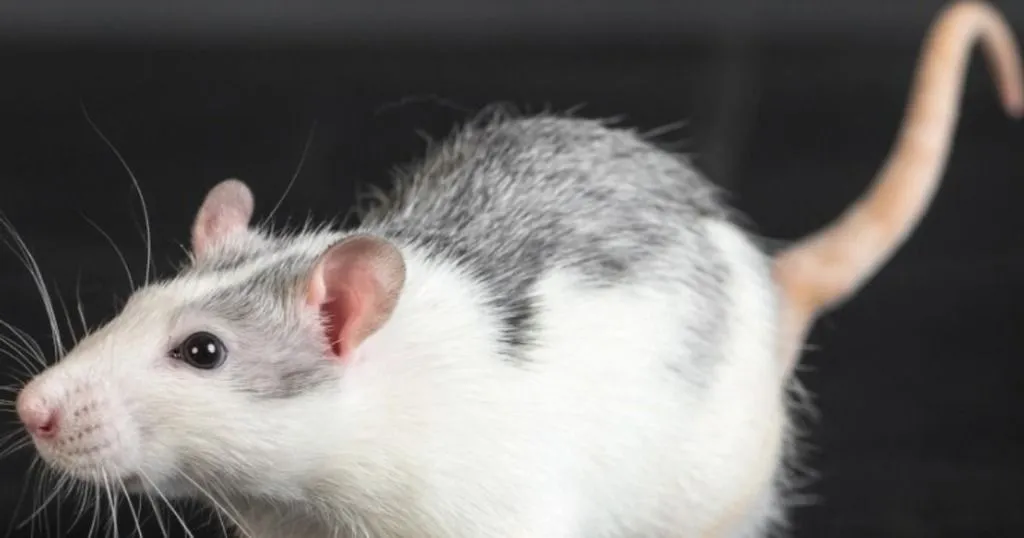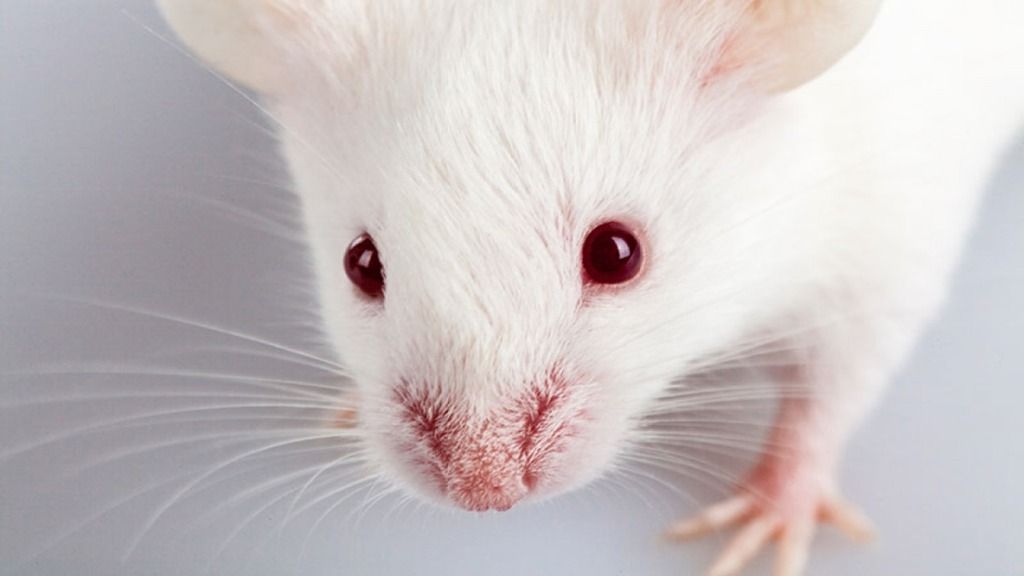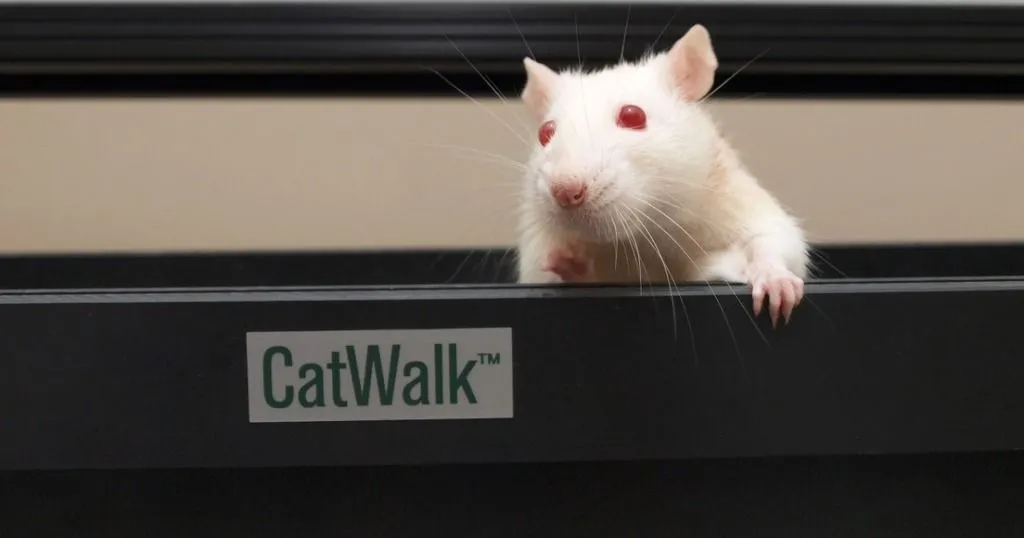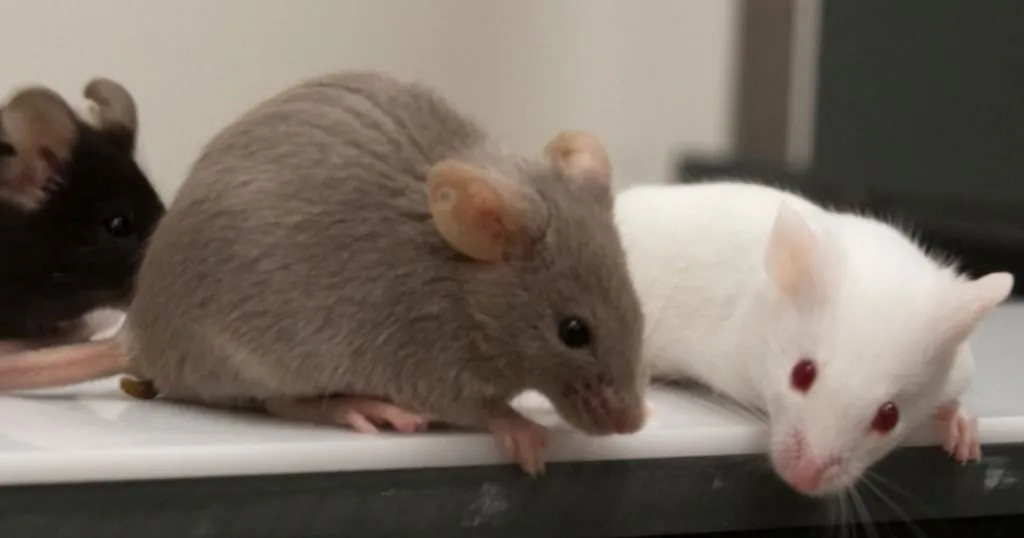Vestibulopathy: movement and balance issues investigated in rats

It is hard to diagnose vestibulopathy, so a rat model was developed to study the progress of symptoms, from day one to day 30 after ear injury. Results can improve future human diagnosis and therapy options.
Posted by
Published on
Mon 03 May. 2021
Topics
| EthoVision XT | Locomotion | Rats | Video Tracking |
Many people suffer from vestibular pathologies, which are often caused by damage to the inner ear. Symptoms consist of, a.o., affected eye movement (bouncy vision) and weaker posture control (e.g. balance problems), and can cause cognitive deficits. However, it is hard to diagnose these disorders.
Diagnosing vestibulopathy
A collaboration was started between the university of Marseille and the French society of vestibular kinesiotherapy. The researchers analyzed symptom evolution of vestibular disorders in a rat model with Noldus EthoVision XT, and then compared the results to similar data obtained from humans. This data could help diagnose the condition better, especially in dynamic situations, which is very useful when it comes to treating vestibulopathy.
Movement difficulties
This research yielded some insightful results. For example, people with a vestibular disorder typically feel they are unable to run, because of their balance issues. Unexpectedly, the injured rats in this study developed a higher maximum speed compared to fully healthy control rats. This seems to show that the faster affected rats walk and run, the more stable their gait will be, just like when riding a bicycle. However, unlike rats, human patients often do not dare to walk faster, for fear of losing their balance. Applying this to human therapies, this notion could decrease the patients’ fear, and increase their ability to move around significantly, despite their injury.
Rodent model
By removing the vestibulocochlear nerve from the rats’ left ear, the researchers mimicked the typical symptoms of vestibulopathy. They couldn’t tell anymore when their head was straight, which gave them trouble moving forward. Rats usually walk by first pointing their head to the direction they want to go to, and then walking in that direction. Throughout the experiment, those symptoms (partially) improved.
Furthermore, humans affected by vestibulopathy suffer from unstable vision, while rats do not, probably because rats lack a fovea. This could cause humans to experience more balance problems, and therefore patients reduce head movement as much as possible. Very fast head movements can cause unstable vision as well, since the reflex needed for vision stabilization is damaged too.
Behavioral experiments
In order to test the effects of the surgery in rats, open field tests were done on specific days post-surgery. One test was done a day before surgery, as a reference. On each testing day, the rats were allowed to explore the arena individually, for 10 minutes. Videos of the experiment were analyzed using Noldus EthoVision XT 14, which kept track of three specified body-points, i.e., tail base, center point and nose point. Among other variables, body and head rotation, acceleration and maximum speed were tracked.

Locomotor activity
Acceleration
Head and body acceleration of a rat were measured automatically for the first time, using Noldus EthoVision XT. During the first three days post-surgery, the rats had trouble accelerating above their average pre-surgery acceleration, after which it increased again until above average from day 7 onwards post-surgery. Post-surgery acceleration was also more varied than pre-surgery, which might be caused by rats not being able to detect acceleration properly anymore due to the nerve damage
Circling and rotation behavior
Two specific behavior types were noted during the experiments, namely rotating, i.e., turning around while exploring, and circling, i.e., running in tight circles. Turning around could happen in either direction, though they would prefer turning ipsilaterally (to the left in this study). Circling would only ever happen ipsilaterally. There could be various explanations for that, for example an increase of weight applied on the left paw, or a specific spinal neuron group being inactivated.
Contrary to rats, humans do not walk in full circles. Instead, they walk in a star shape: a specific test called the “star walk” makes the patient repeatedly walk several steps forward and backward in a straight line, with their eyes closed. The star shape is caused by a consistent ipsilateral deviation in their walking direction.
Vestibular compensation
Modelling vestibulopathy in rats consisted of two phases; an acute phase (7-10 days post-surgery) followed by a compensation phase. During the acute phase, various parameters like head and body velocity first return to normal, and then exceed that level, up to a maximum that is maintained until 1 month after surgery. This seems to be a way of the rat’s body to eventually find a new balance where part of the symptoms are fully compensated.
The same happens in humans, where the acute phase after trauma usually seems to last a few hours up to a few days, after which the (partial) recovery takes place. An interesting new therapy that might help vestibular patients recover is by having them practice walking at higher speed. As mentioned before, an increased pace might improve their balance, and thus help them get around more independently.
So, despite differences between rats and humans dealing with vestibulopathy, results from this study may help improve treatment and therapy in humans. Further study into their mean and maximum speed may gather more insights into the level of compensation a patient could achieve following their injury.
Related Posts

Assessing motor outcome in rats with peripheral nerve injury

Gait recovery and other effects: treatment of cervical myelopathy

